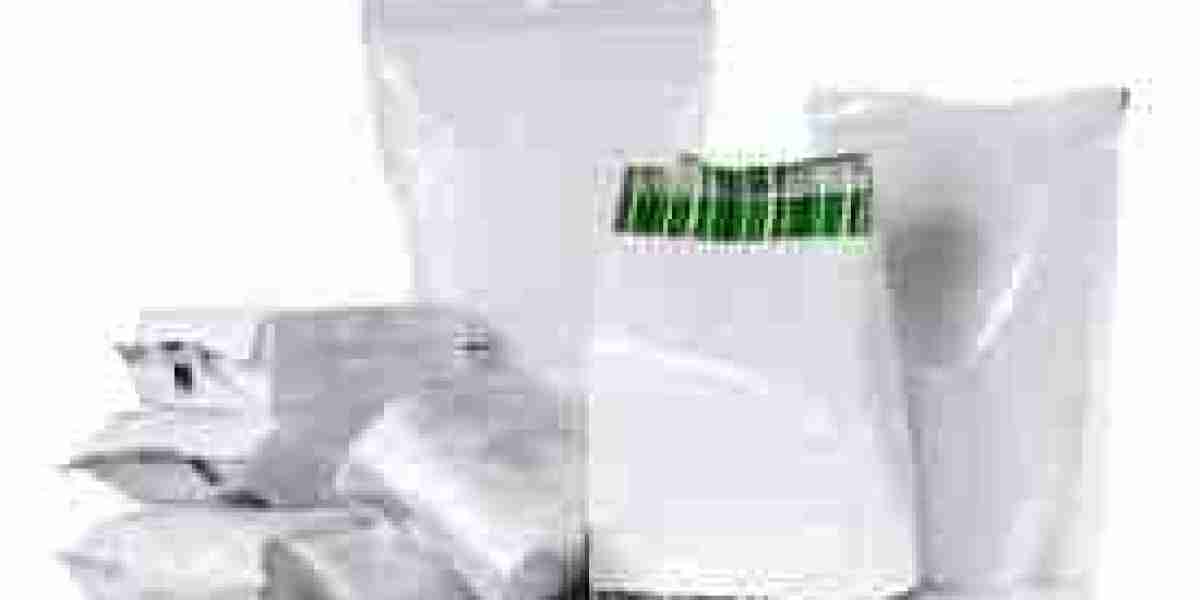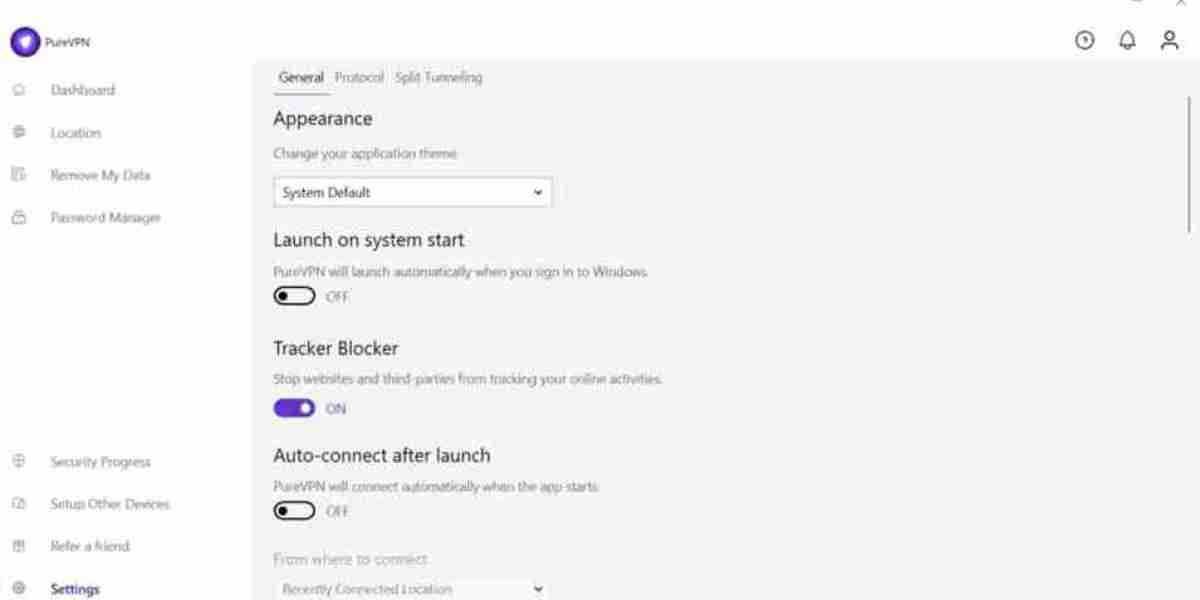The aseptic packaging market is experiencing rapid growth, driven by a variety of opportunities across different sectors, particularly in food and beverages, pharmaceuticals, and emerging technologies. This packaging method, which involves sterilizing both the product and its container separately and then sealing them in a sterile environment, provides several benefits, including longer shelf life, reduced need for refrigeration, and preservation of product quality. As consumer demand for convenience, sustainability, and safe packaging solutions grows, there are numerous opportunities for innovation, market expansion, and improved efficiency in aseptic packaging.
This article explores the opportunities shaping the aseptic packaging market, from new technological advancements to expanding market segments and the increasing focus on sustainability.

1. Technological Advancements Driving Market Opportunities
One of the primary drivers of opportunities in the aseptic packaging market is the continuous evolution of technology. Innovations in sterilization methods, packaging materials, and automation are creating new possibilities for aseptic packaging solutions. These technological advancements are making aseptic packaging more efficient, cost-effective, and environmentally friendly.
Non-Thermal Sterilization Techniques: Traditional heat-based sterilization methods are being increasingly supplemented by non-thermal sterilization technologies, such as High-Pressure Processing (HPP), Pulsed Electric Fields (PEF), and ultraviolet (UV) light sterilization. These methods not only ensure the safety and sterility of the product but also help preserve the nutritional value and sensory characteristics, making them highly desirable in the food and beverage industry. As these technologies become more efficient and accessible, manufacturers can offer higher-quality products with longer shelf lives.
Smart Packaging: The integration of smart technologies into aseptic packaging is creating new opportunities for manufacturers. Smart packaging solutions, which include temperature sensors, freshness indicators, and RFID tags, enable real-time monitoring of products throughout their lifecycle, from production to transportation to retail. This improves the traceability, safety, and quality control of products, making it particularly valuable in industries like food, beverages, and pharmaceuticals. Consumers also benefit from greater transparency, allowing them to track product conditions and ensure freshness.
Automation: The introduction of automation in the aseptic packaging process has significantly reduced human intervention, leading to higher efficiency and greater consistency. Automation systems for sterilization, filling, and sealing minimize the risk of contamination and allow for faster production rates. This not only improves the scalability of packaging operations but also reduces labor costs, making aseptic packaging more accessible to a wider range of businesses, including small and medium-sized enterprises.
2. Expanding Market Segments and Growing Consumer Demand
The aseptic packaging market presents various growth opportunities due to the expanding consumer demand for convenient, safe, and long-lasting products. As consumer lifestyles evolve and preferences shift toward convenience and portability, aseptic packaging is becoming the preferred solution in several industries.
Ready-to-Eat Meals and Beverages: There is a significant increase in demand for ready-to-eat meals, beverages, and on-the-go food options. Consumers are seeking products that are easy to store, transport, and consume without refrigeration. Aseptic packaging addresses this demand by offering extended shelf life and maintaining the product’s quality and safety. The growing popularity of plant-based beverages, such as almond milk, oat milk, and coconut water, further boosts the demand for aseptic packaging, as these products require packaging solutions that preserve their freshness without the need for refrigeration.
Global Expansion of Food and Beverage Trade: As the global food and beverage trade expands, the need for safe, shelf-stable packaging solutions that can withstand long-distance transportation is increasing. Aseptic packaging ensures that perishable goods, such as dairy, juice, and sauces, remain fresh during shipping, even in regions with limited refrigeration infrastructure. The growing international trade of food products presents an opportunity for aseptic packaging companies to tap into emerging markets and expand their footprint worldwide.
Pharmaceutical and Healthcare Applications: The pharmaceutical industry is also an important segment driving the growth of aseptic packaging. Pharmaceuticals, particularly vaccines, biologics, and injectable drugs, require sterilization and secure packaging to ensure product safety and efficacy. Aseptic packaging offers an ideal solution for these sensitive products, helping to maintain sterility and integrity during storage and transport. With the increasing demand for vaccines, biologics, and other temperature-sensitive drugs, aseptic packaging is becoming essential in the healthcare sector.
3. Sustainability Focus Driving Innovation in Packaging Solutions
Sustainability is a major global concern, and both consumers and manufacturers are seeking eco-friendly packaging solutions. This growing focus on sustainability presents significant opportunities for the aseptic packaging market, particularly as manufacturers strive to reduce their environmental footprint.
Eco-Friendly Materials: There is a growing shift toward sustainable materials in the packaging industry. Aseptic packaging manufacturers are increasingly exploring alternatives to conventional plastic packaging by using recyclable, biodegradable, and renewable materials. Paperboard packaging, for instance, is gaining popularity as it is made from renewable resources and can be recycled easily. Additionally, biodegradable plastics made from cornstarch or sugarcane are emerging as eco-friendly alternatives to petroleum-based plastics. These innovations offer a significant opportunity for aseptic packaging companies to meet growing consumer demand for sustainable products while also aligning with stricter environmental regulations.
Circular Economy: The circular economy concept, which focuses on reusing, recycling, and reducing waste, is shaping the future of packaging. Aseptic packaging companies that embrace the principles of the circular economy by designing packaging that is easy to recycle or made from recycled materials will find new growth opportunities. Manufacturers can leverage this trend to create packaging that minimizes waste and supports a more sustainable packaging ecosystem.
Reduced Carbon Footprint: Aseptic packaging systems that use energy-efficient processes and environmentally friendly sterilization methods, such as non-thermal techniques, offer a way to reduce the carbon footprint of packaging production. The reduction in the need for refrigeration and transportation of chilled products also contributes to lower energy consumption, making aseptic packaging a more environmentally responsible solution compared to traditional packaging methods.
4. Opportunities in Emerging Markets
Emerging markets, particularly in Asia-Pacific, Latin America, and Africa, offer significant opportunities for the aseptic packaging market. As disposable incomes rise and urbanization increases in these regions, there is a growing demand for packaged food and beverages, as well as pharmaceutical products. Aseptic packaging, with its ability to extend shelf life and eliminate the need for refrigeration, is well-suited to meet the needs of these regions, where refrigeration infrastructure may be inadequate.
Rising Middle-Class Populations: The expanding middle class in emerging economies is driving the demand for packaged, ready-to-eat, and shelf-stable food products. Aseptic packaging offers a cost-effective solution for manufacturers looking to meet the needs of these new consumers while maintaining product quality and safety.
Improved Distribution Channels: As distribution networks improve in emerging markets, the demand for efficient, long-lasting packaging solutions that can withstand transport conditions is growing. Aseptic packaging, with its ability to preserve products without refrigeration, is becoming a preferred choice for manufacturers in these regions, where cold chain logistics can be challenging.
5. Regulatory Support and Safety Standards
Governments worldwide are increasingly recognizing the importance of food safety and the need for reliable packaging solutions that protect public health. Regulatory frameworks and safety standards surrounding food safety, pharmaceuticals, and packaging materials continue to evolve, creating opportunities for aseptic packaging companies to comply with stringent requirements while offering high-quality solutions. This regulatory push is helping to foster innovation and raise industry standards, ensuring that aseptic packaging continues to meet the growing demands of consumers and manufacturers alike.
Conclusion
The aseptic packaging market presents a wealth of opportunities for manufacturers and innovators, driven by advancements in technology, growing consumer demand for convenience and sustainability, and expansion into emerging markets. As non-thermal sterilization technologies, smart packaging, and eco-friendly materials continue to evolve, the market will witness even greater growth. Manufacturers who invest in these areas and adapt to changing consumer preferences will be well-positioned to capitalize on the increasing demand for efficient, safe, and sustainable packaging solutions in the years to come.




